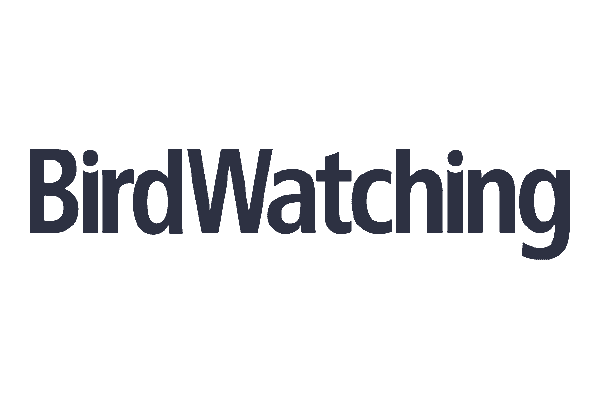
Blue-cheeked Bee-eater
Merops persicus
The blue-cheeked bee-eater, Merops persicus, is a near passerine bird belonging to the bee-eater family, Meropidae. This slender and richly coloured species is predominantly green, with distinctive blue cheeks framed by a black eye stripe. A yellow and brown throat complements its striking face, and a black beak punctuates its elegant profile. Adults can reach a length of 31 cm (12 inches), with elongated central tail feathers adding an extra 7 cm (2.8 inches). Both sexes are similar in appearance, though females have slightly shorter tail streamers.
Identification Tips
When identifying the blue-cheeked bee-eater, look for its vibrant green plumage and the characteristic blue on the sides of its face. The black eye stripe and contrasting yellow and brown throat are also key features. In flight, observe for the long central tail feathers that trail behind.
Habitat
This bird favors sub-tropical semi-desert regions dotted with sparse trees, such as acacias, for breeding. During the winter, it can be found in open woodlands or grasslands.
Distribution
The blue-cheeked bee-eater breeds across Northern Africa and the Middle East, from eastern Turkey to Kazakhstan and India. It is a highly migratory species, wintering in tropical Africa, with some populations residing year-round in the Sahel. Occasionally, this bird appears as a rare vagrant north of its usual range, particularly in Italy and Greece.
Behaviour
This species may choose to nest solitarily or in small, loose colonies of up to ten individuals. It is also known to share colonies with European bee-eaters. The blue-cheeked bee-eater excavates long tunnels in sandy banks or embankments to lay its eggs, which range from four to eight in number, typically six or seven. Both parents tend to the eggs, with the female incubating them at night. The incubation period lasts between 23 to 26 days.
Song & Calls
The blue-cheeked bee-eater's call is distinctive, sounding 'flatter' and less 'fluty' than that of the European bee-eater.
Breeding
Nesting sites are often located in sandy banks, embankments, or low cliffs, and occasionally on the shores of the Caspian Sea. The nests consist of tunnels ranging from 1 to 3 meters in length.
Similar Species
The blue-cheeked bee-eater is closely related to the blue-tailed bee-eater, M. philippinus of East Asia, and the olive bee-eater of Africa, with which it has been considered conspecific in the past.
Diet and Feeding
While bee-eaters are known to feed on flying insects, particularly bees, wasps, and hornets, the blue-cheeked bee-eater shows a preference for dragonflies. It typically hunts from an open perch, often using telephone wires when available.
Conservation status
The blue-cheeked bee-eater is currently listed as Least Concern on the IUCN Red List, indicating that it is not at immediate risk of population decline.




































































